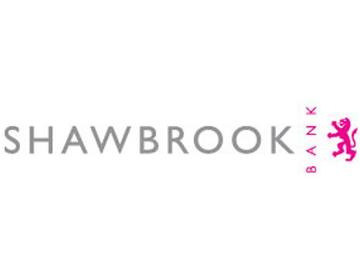About half of property investors are looking to enter or expand in the HMO market, according to research from Shawbrook Bank.
The bank’s research suggests that as the need for HMO living arrangements grows, and the returns of HMOs are realised, investors are starting to see the potential of HMOs over traditional buy-to-lets.
Nearly three quarters (72%) of investors cite yield as the main attraction for investing in a HMO followed by the potential for capital growth (29%).
Shawbrook has identified three main types of HMO investors:
Accidental landlord: the home owner who rents out a spare room, becoming an accidental HMO as the property would have been originally purchased as a residence rather than an investment.
“Smash and bash crowd”: active investors looking for properties that would be suitable for HMO purposes after seeing the growth opportunities, often completely reconfiguring properties to house up to six or seven tenants.
Regular BTL: investors who have bought a large house for a standard BTL but have used as a HMO because the property lends itself to the model.
Shawbrook said that for some time the typical view of HMOs was that of low quality accommodation lived in by people in a lower income bracket. However, HMOs are becoming a more mainstream housing option, attracting traditional and often less experienced buy-to-let investors.
Research from the bank found that more than a third (34%) of investors cited HMOs as their most preferred property type, an increase which has more than doubled from 16% in July 2015.
While demand is up, few investors are aware of the key challenges they may face in the market - if regulation is increased, investors could see threats to their current returns.
One of the most hotly debated issues surrounding HMOs is how a property is valued. There is little guidance on this area, with lenders approaching valuations and stress testing differently.
Karen Bennett, sales & marketing director of commercial mortgages at Shawbrook says: “As far as we are aware, no real valuation framework currently exists that provides the necessary clarity. This is causing problems for both lenders and investors, as the perceived value of the property affects how much equity the bank is prepared to release in order to aid them in future investments. Too much and the bank is at risk, too little and it limits the investor’s potential for expansion. A lack of guidance in this area means there is a risk that houses being approved will be questionable in their quality and this will further increase the risk to lenders.”
With a lack of a genuine valuation framework in place, Shawbrook has completed some work to try and provide at least some guidance by engaging with valuers across the country and releasing some more clearly defined categories.
- HMO1: Small HMO, no Article 4 or planning exists, fabric of building remains largely unchanged - lending is against value as a private dwelling.
- HMO2: No Article 4 or planning exists but there is a demand for this property as a HMO, the fabric of the building has changed - lending is against market value.
- HMO3: Article 4 is in place - lending is against market value.
- HMO4: Sui generis planning is in place - lending is against market value.
Stephen Johnson, deputy CEO and managing director for commercial mortgages at Shawbrook said: “As the spotlight continues to shine on the HMO space, it is becoming increasingly important for investors to have a good grasp of these more technical concerns and an understanding of future risks.
“While there are certainly new challenges on the horizon, there are still a great number of opportunities in this market that has produced excellent yields for property investors in the past. Taking a responsible approach means that a sustainable future for the market can certainly be found. This is a market that is constantly moving and investors and lenders will need to learn, adapt, and move with the times if they are to continue to take advantage of the opportunities presented by this attractive asset class.”
Want to comment on this story? Our focus is on providing a platform for you to share your insights and views and we welcome contributions.
If any post is considered to victimise, harass, degrade or intimidate an individual or group of individuals, then the post may be deleted and the individual immediately banned from posting in future.
Please help us by reporting comments you consider to be unduly offensive so we can review and take action if necessary. Thank you.















.png)






Join the conversation
Be the first to comment (please use the comment box below)
Please login to comment